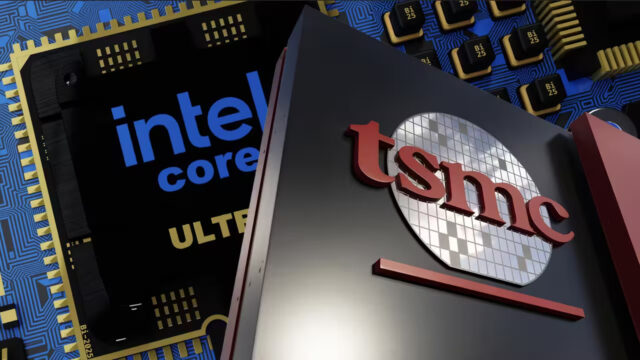Panasonic has announced the development of a new anode-free battery cell that will increase energy density. The company aims to produce a world-leading anode-free battery by the end of 2027. This technology eliminates the graphite anode entirely and uses more active material on the cathode side instead. Panasonic states that this will increase the battery cell’s capacity while achieving a 25% increase in energy density.
Tesla Models Could Increase Range
This innovation could create a significant advantage for Tesla. Currently, the rear-wheel-drive Model Y offers a range of approximately 575 kilometers, according to EPA estimates. With Panasonic’s anode-free cell technology, this range is projected to increase by 145 kilometers, reaching 720 kilometers. However, there are no vehicles on US roads yet using anode-free batteries, and the technology is currently in the theoretical stage.

Panasonic plans to use anode-free battery technology not only to increase range but also to make batteries lighter and less expensive. The company aims to reduce its dependence on materials like graphite and nickel, which are dominated by China.
Rival companies such as QuantumScape and Our Next Energy are also working on similar developments in this area. Tesla’s evaluation of Panasonic’s new battery technology will become clear in the coming period.
The launch of this new battery technology could create a significant competitive advantage in the electric vehicle sector in terms of range and cost. For leading manufacturers like Tesla, such innovations play a critical role in meeting consumer demands and maintaining their market leadership.
However, technical details such as the long-term durability and safety of anode-free batteries will also be closely monitored. Tests and field trials in the coming years will reveal the true potential of this technology.













